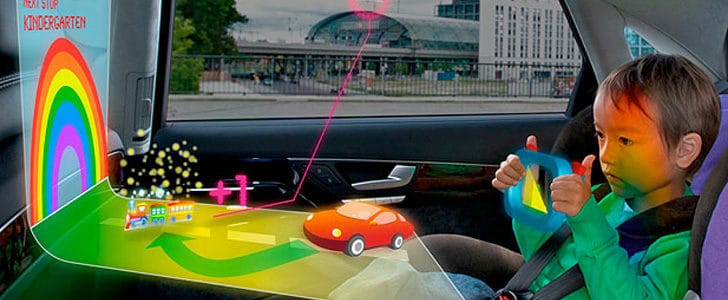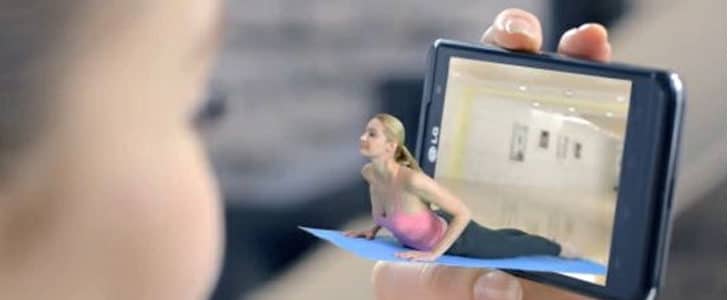Couple of decades ago mobile phones were having physical keyboard to operate it. It worked so well for a long time. It was designed to dial a number and with 2G technology type text messages as well. After some time with complex features in mobile operating systems handset manufactures included direction pads and joystick as well.
In early time of new millennium mobile phones leaped ahead and became Smartphone. Most of the Smartphone get rid of conventional physical controllers and move towards touch inputs. Using them they could let the user to use very complex features on modern mobile operating system effortlessly.
Today Smartphone are having processing power as good as desktop computer and multi touch displays. Millions of handsets are being sold with advanced touch input and it has become a day to day item in general public. Next generation of human civilization will never know a mobile handset with actual physical buttons. This is the evolution of mobile handset from physical buttons to touch input.
The next question which comes to you mind is, what is the next big step in mobile handset evolution? There are several thoughts coming to mind as answers to this question. Among all my favorite idea and most probable implementation is “Holographic Displays”.

What is a Holographic Display?
Generally Holograms are 2D canvas which can display 3D objects. You can find them in many places in real life such as your credit card and driving license. There you can see 3D object in 2D sticker and depending on the angle you look at it you can get different views, same as in real 3D object. Those holographic stickers are difficult to reproduce and used to indicate originality of products.
Using the same underlying fundamental concept laser devices can create 3D images in thin air. This is a brand new experience to us. Every time we see a reproduced image its 2D and there is a screen. Even if you experience Wi-Max 3D, still there is a screen. But with Laser hologram there is no physical screen. It juts appear 3D objects in air.

However the technology is not yet sophisticated enough to generate complex graphics and created images are not realistic enough to use for commercial purposes.
How to Use Holographic Display in a Smartphone?
Normally in a Smartphone we see images in 2D display and touch responsiveness is also limited to 2D surface. Yes, some applications are capable of displaying 3D images, but still they are virtual 3D and displayed on 2D surface.
The day engineers equipped a Smartphone with a Holographic display, the images stuck in 2D display will pop out of the phone as real 3D objects. Smartphone home screen will spread out in air and menu item will start floating near them. Once this becomes reality it will be the next big thing in Mobile handset evolution.
Display real 3D images in air won’t be adequate to deliver a great user experience. There has to be motion sensor which can understand hand gestures and control the UI accordingly. When you combine this kind of motion sensor to a Holographic display, you will be able to actually touch a 3D object which popped out from your phone and turn it around with your fingers. Same concept will work even better with large screens in tablets.

Technical Challenges
Smartphone displays are mainly used for information presentation such as web browsing, multimedia application and Games. In those case color reproduction need to be accurate and frame refresh rate need to be greater. And the holographic display should be able to display 2D images whenever necessary.
Current laser hologram technology needs to go a long way to meet the above requirement. Current state is color reproduction quality is very low and refresh rate is average. When it comes to hardware, it’s not ready to live in tiny Smartphone body. If you consider the power consumption laser hologram will kill the most powerful Smartphone within seconds. Therefore we need to polish up hologram display technology before it’s plugged in to a Smartphone.
When it comes to 3D motion sensors, the situation is way better than holographic display. Technology already produced few 3D motions sensors and some of them are already in the market such as Microsoft Kinect. Still the technology needs lots of polishing up to miniaturize the hardware to place them in Smartphone body.
In our life we have experienced speed of technology many times. Back in 1990s we were using 2G mobile phones for sending text messages. After 10 years we have Smartphone with multi-touch displays, high speed data connectivity, GPS and HD displays. Today it might sounds like a day dream to embed holographic displays and 3D motions sensors in Smartphone, but technology will surprise us within couple of years with way advanced technology for sure.
Tags: #Smartphone #Tablet
